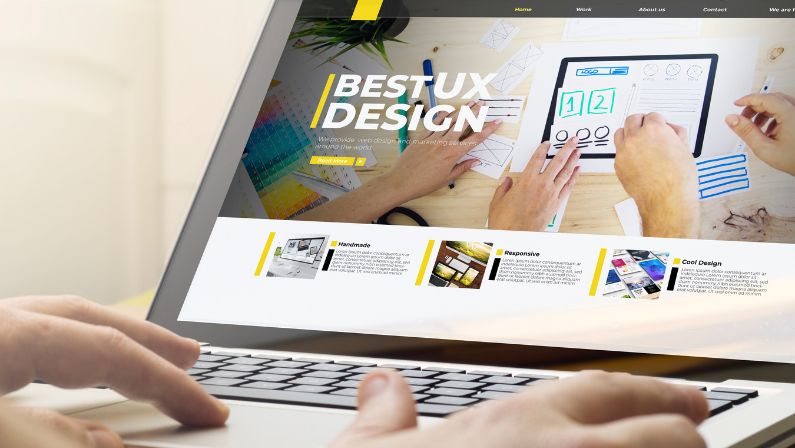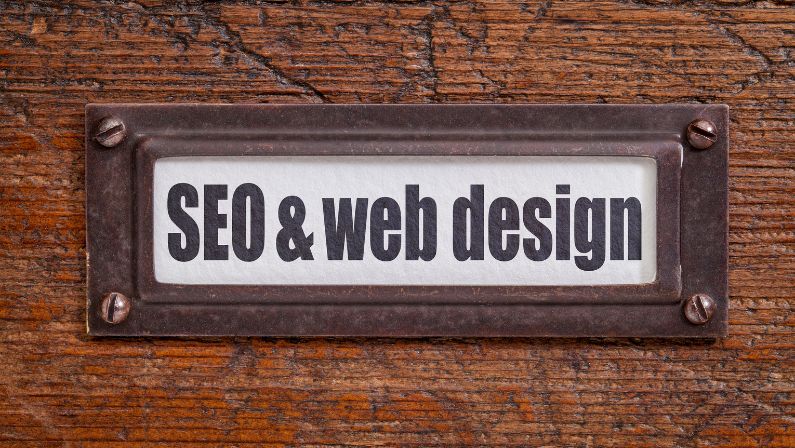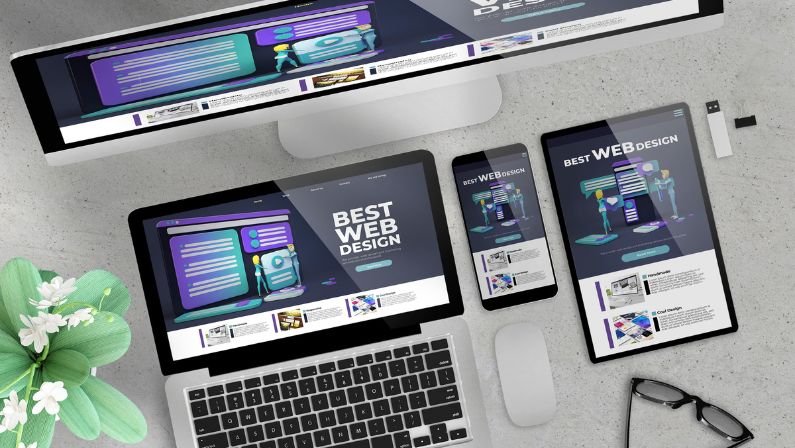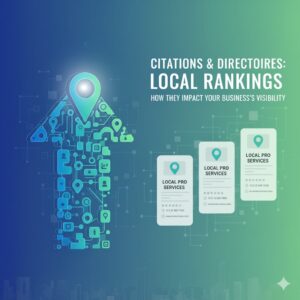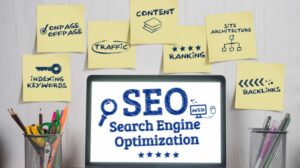Why Web Design is Crucial for Local Business Growth
For local businesses, your website isn’t just a digital brochure—it’s your online salesperson, marketing team, and customer support rep, all in one. Whether someone hears about your business through a referral or a local search on Google, chances are their first interaction will be through your website.
But here’s the catch: if your website design is outdated, slow, or hard to use, potential customers won’t stick around. Even worse, they may never find your site in the first place.
That’s because web design for local businesses has a direct impact on both SEO and user engagement—two key elements that determine how many visitors you get and how many of those visitors turn into customers.
At Quad Cities Design, we help Prescott, AZ-based businesses create high-performance websites that rank well in search engines and convert visitors into leads. In this post, we’ll show you exactly how web design influences SEO and user engagement—and what you can do to get the most out of your website.
The Relationship: Web Design, SEO, and User Engagement
Search engines like Google care about one thing above all else: delivering value to users. That’s why your website’s design—the layout, load time, navigation, responsiveness, and even visual appeal—plays a critical role in how your site ranks and how users interact with it.
Web design SEO is not just about adding keywords—it’s about making the entire user experience fast, seamless, and enjoyable. When your site is well-designed, it performs better in search results and keeps visitors coming back.
How Web Design Impacts SEO
A beautiful website won’t help your business if no one sees it. That’s why understanding how design affects your SEO performance is so important.
Site Speed and Performance
A fast website is a high-ranking website. Page speed is a known Google ranking factor. If your pages take too long to load, users bounce—and search engines take notice.
Site speed SEO improvements include:
- Using lightweight design themes
- Compressing images and using next-gen formats like WebP
- Minimizing JavaScript and CSS
- Leveraging browser caching
- Hosting on fast, reliable servers
At Quad Cities Design, our development team ensures every site is optimized for speed across all devices.
Mobile-Friendliness and Responsiveness
Mobile-friendliness is not optional—it’s mandatory. With over 60% of web traffic now coming from smartphones and tablets, your site needs to perform flawlessly on every screen size.
Google uses mobile-first indexing, meaning it primarily looks at the mobile version of your site when determining search rankings.
Responsive web design SEO ensures your content is accessible, readable, and navigable on every device—boosting both user satisfaction and your SEO standing.
Site Structure and Navigation
Your site’s structure influences how easily search engines can crawl and index your content. It also impacts how users find what they need—fast.
Website navigation SEO tips:
- Use a clear, hierarchical menu
- Include keyword-rich page titles and meta descriptions
- Add internal links to key pages (like services, contact, about)
- Implement breadcrumbs for better UX and SEO
User Experience (UX) as an SEO Factor
Google’s algorithm includes several UX and SEO signals such as bounce rate, time on site, and click-through rates. If users land on your page and leave quickly, your rankings can drop.
Improving UX with great design, intuitive flow, and helpful content reduces bounce rates and keeps users engaged longer—sending positive signals to search engines.
Accessibility
Accessible web design ensures that people with disabilities can navigate your site. It also improves SEO because many accessibility features overlap with search engine best practices.
For example:
- Alt tags for images (great for screen readers and Google)
- Proper use of headings (helps screen readers and SEO)
- Keyboard navigability (helps UX and engagement)
How Web Design Impacts User Engagement
User engagement measures how people interact with your website. High engagement means more time spent on site, more pages viewed, and a higher likelihood of conversion—all of which are helped by smart web design.
Visual Appeal and First Impressions
You have less than 3 seconds to make a great first impression. Users judge your business’s credibility based on the look and feel of your site. A clean, modern design with consistent branding builds trust immediately.
Intuitive Navigation and User Flow
If visitors can’t find what they’re looking for, they’ll leave. A well-structured site helps guide users from discovery to action—whether that’s filling out a contact form, making a call, or booking a consultation.
Design your site to support natural flow:
- Start with engaging homepage sections
- Guide users to services or products
- End with strong, visible CTAs
Readability and Content Presentation
The way you format your content matters. Use short paragraphs, subheadings, lists, and visuals to break up long blocks of text.
Website readability tips:
- Stick to a max of 3–4 lines per paragraph
- Use 16px+ font for body text
- Maintain high contrast between text and background
- Include white space to reduce clutter
Interactivity and Engagement Features
Engaging elements like sliders, animations, videos, and clickable FAQs help keep users interested. These features make your website feel dynamic and can extend session duration.
Interactive features can also include:
- Chatbots
- Appointment scheduling tools
- Embedded social media feeds
- Review and testimonial carousels
Trust and Credibility
Design choices like SSL certificates, customer reviews, high-quality images, and transparent contact info all build trust. A trustworthy website keeps users engaged and leads to higher conversion rates.
Best Practices for a Balanced SEO & Design Strategy
To merge SEO and web design seamlessly, follow these best practices:
- Start with a mobile-first mindset.
- Use clean, fast-loading code and design templates.
- Make CTAs stand out—above the fold and at the bottom of every page.
- Include location keywords for local SEO: “Prescott Web Design,” “SEO agency in Prescott, AZ,” etc.
- Build content around real questions customers ask—improve search relevance and engagement.
- Use structured data (schema) to help search engines understand your content.
- Minimize pop-ups and intrusive interstitials.
- Link internally to related service pages and blog posts.
- Conduct regular audits to identify broken links, outdated content, or performance issues.
- Track behavior with tools like Google Analytics and optimize based on real data.
Want a Website That Works as Hard as You Do?
Your website should do more than just look good—it should rank well, load fast, and convert casual visitors into loyal customers. Whether you’re a new business or looking to upgrade your online presence, the key is aligning web design, SEO, and user engagement into one cohesive strategy.
That’s what we do at Quad Cities Design. Based in Prescott, AZ, we help local businesses like yours dominate online through stunning web design that’s fully optimized for SEO and built to engage.
From fast, responsive layouts to intuitive navigation and on-page SEO, we design websites that not only attract visitors—but turn them into paying clients.
📞 Contact us today to schedule a free consultation or explore our web design services. Let’s build something that helps your business grow.
